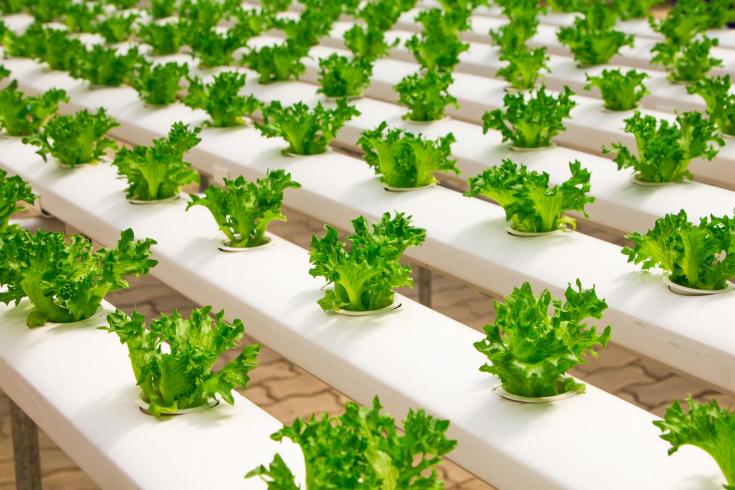Towards Green Industrial Symbiosis – an Experience from Denmark

Denmark is one of the pioneers in Europe in developing industrial symbiosis, which is essential for advancing the shift to circular economy. In fact, as demonstrated through concrete practices and results in the Nordic country, there are range of actions through which regions and cities can directly and indirectly support and promote industrial symbiosis. Interreg Europe CESME project is taking steps in this direction by assisting SMEs to enter circular economy. One of CESME project partners, the North Denmark Region, identified a good practice demonstrating that how to foster collaboration between businesses for more efficient use of resources through industrial symbiosis.
Industrial symbiosis represents a shift from the traditional industrial model in which enterprises generate waste which is deposited or incinerated to integrated systems in which the waste of one company becomes the resource for another. Consequently, these integrated systems offer business opportunities that leverage underutilised resources such as materials, energy, water, capacity, expertise or assets (Lombardi & Laybourn, 2012). Industrial symbiosis thus promotes more sustainable use of resources and is a major way of stimulating circular economy. Industrial symbiosis networks can be divided in two main groups: self-organised activity, emerging as the result of direct interaction among industrial actors, without any top-down coordination and managed networks; those that have a third-party intermediary coordinating the activity (Baas, 2011).
The project "Less Waste Using Industrial Symbioses" was an initiative between the Danish government and five regions in Denmark. Launched in 2013, the three-year project aimed at stimulating the development of industrial symbiosis in the country. To systemise the collected information regarding companies with leftover resources and match them with companies looking for resources, a national web database, GIS, Green Industrial Symbiosis was established. Details about the location of the companies and their main business focus and activities are also available. Furthermore, the database offers a categorisation of resources (energy, water, concrete, hazardous waste, plaster, metal, construction waste, organic waste, wood waste, plastics).
“There is a need to think in new directions and create a more sustainable basis for the economic development of the future. The North Denmark Region supports regional growth and business development, and green industrial symbiosis still holds great potential in North Jutland - also economically.” Morten Lemvigh, North Denmark region Source: http://www.e-pages.dk/aalborgkommune/1664/html5/
In addition, a Task Force for Green Industrial Symbiosis was established and in the period 2013-2015 it provided free advice to businesses seeking to take part in an industrial symbiosis. The Task Force was made-up of consultants with technical and commercial expertise who provided the following services: free resource check; individual matchmaking; matchmaking events; drafting of an action plan and assistance in applying for subsidy. The Task Force for Green Industrial Symbiosis was set up in a collaborative effort involving the five Danish regions, the Regional Municipality of Bornholm and the Danish Business Authority.
As reported by the regions the results of the functioning of the database were positive and its role for the development of industrial symbiosis in Denmark has been recognised. By the end of the project period, more than 750 companies were registered in the database. The advisers visited 516 companies to help them better understand their resource flow, map the generated waste and need for resources. Some 174 companies matched their need with another company and the database was updated when such matches took place. It was found out that a detailed material categorisation was essential for matching the companies. Another lesson learned was that allowing the access to the database only to the regions and their advisors due to the confidentiality of business information, was a barrier to rapid matches.
Following the positive results of the database, there was an interest in its continuation and further update. However, due to data security reasons handing-over of the management of the database from the Danish Business Authority to the regions was not possible. Nevertheless, the results of the project demonstrate that there are significant financial and environmental benefits for companies that take part in symbioses collaborations. Developing Green Industrial Symbiosis databases can facilitate this process and the efforts towards transition circular economy.
For more information:
